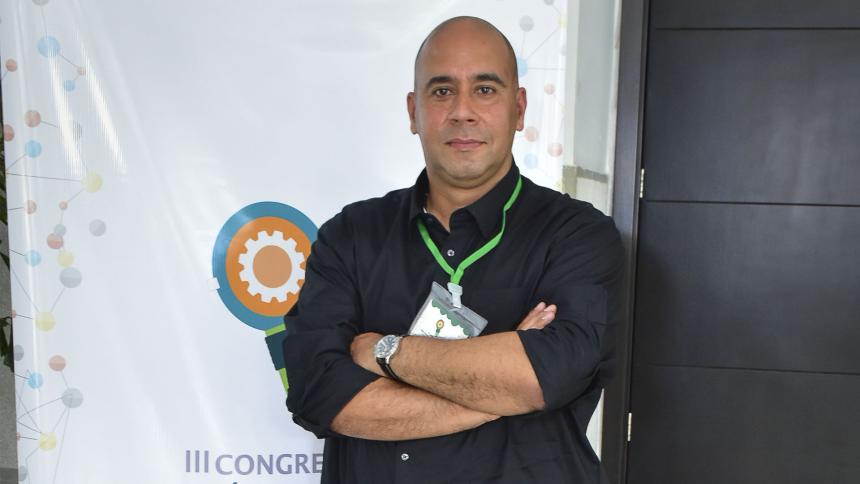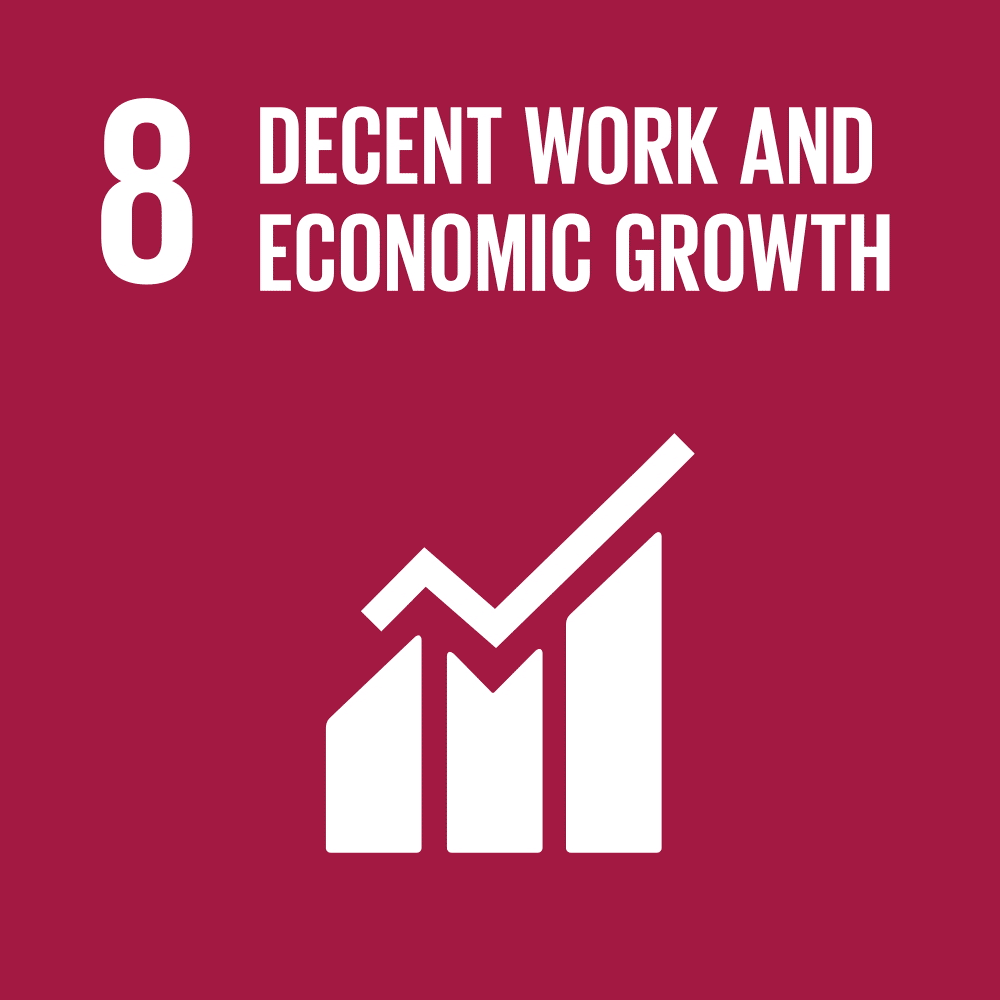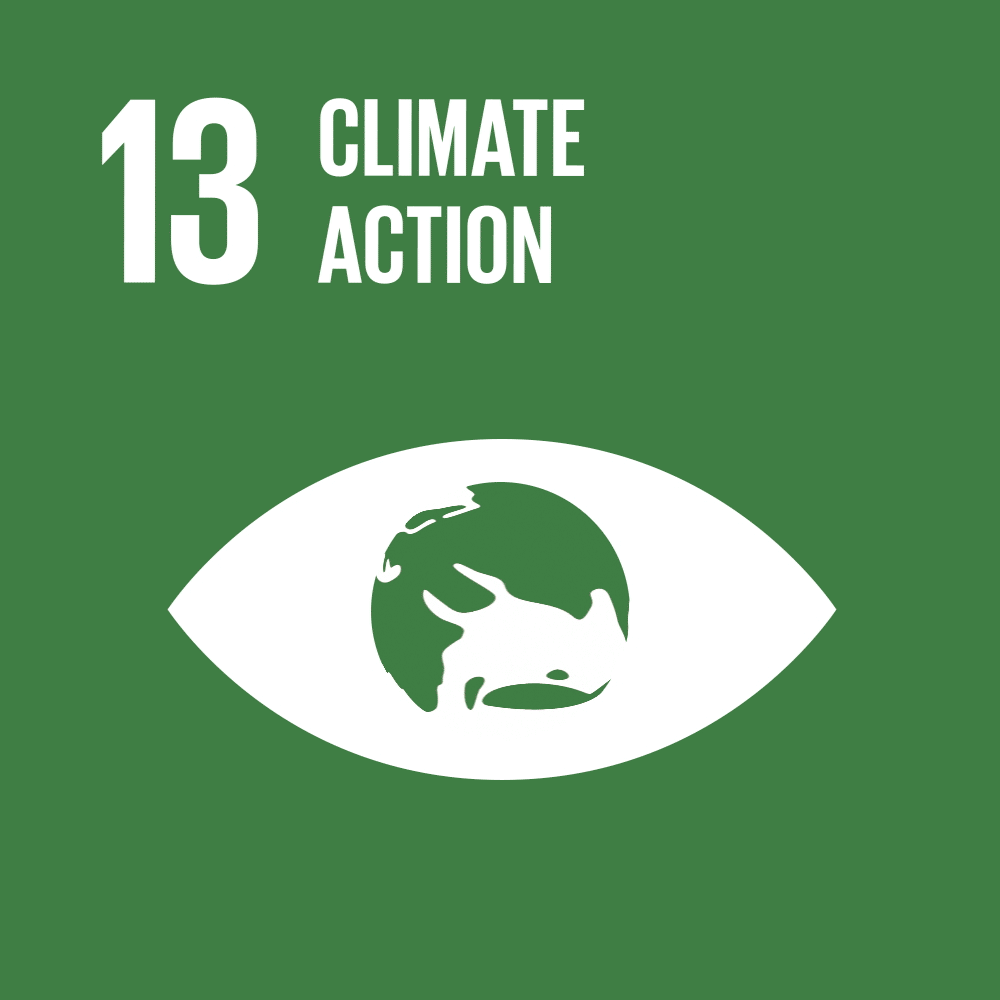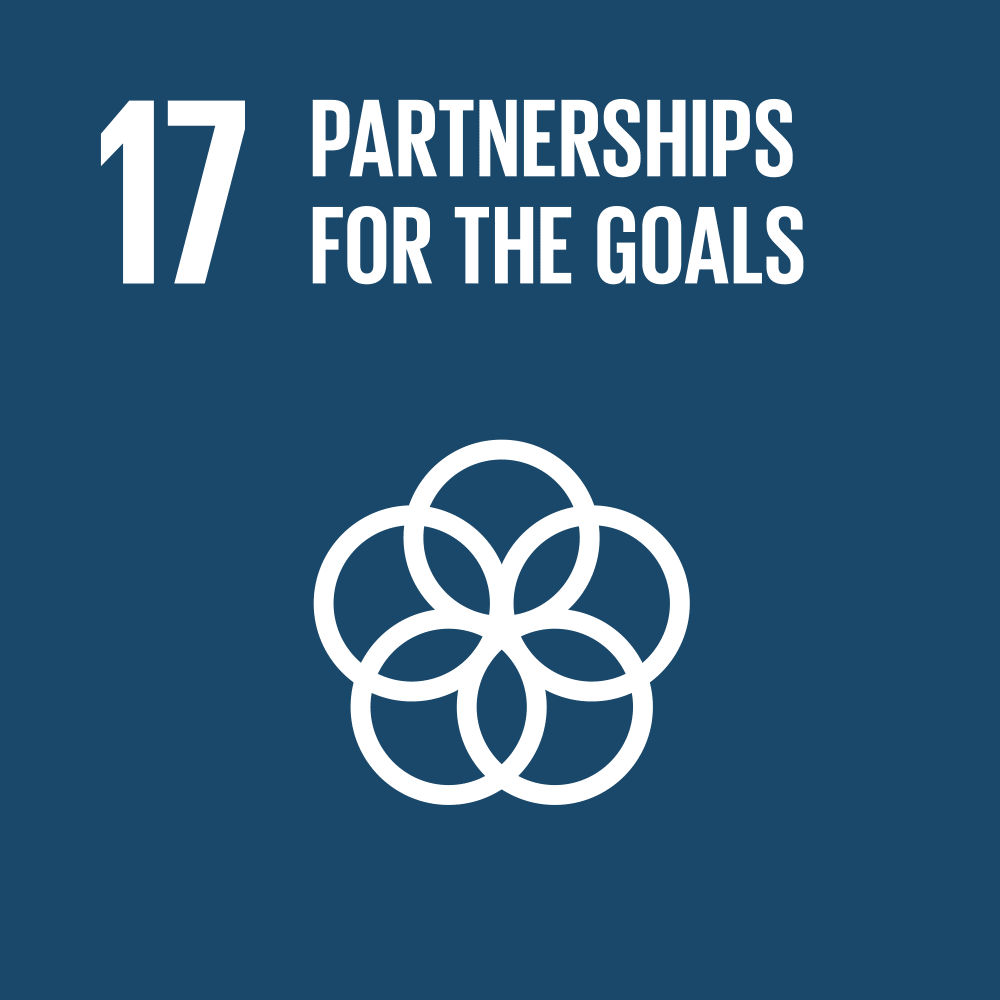Samsø: When a community shapes its own energy future
- Javier Trespalacios

- Sep 16
- 6 min read
Updated: Oct 24
Inspired by the Suforall article: The case of Samsø island, how they became 100% renewable
The Danish island of Samsø stands as an emblematic example of how a community can lead an energy transformation based on technological innovation, strong social cohesion, and effective local leadership. With fewer than 4,000 inhabitants, this small island became in 2007 the first island territory certified as self-sufficient in 100% renewable energy, demonstrating that large-scale sustainability is possible even in rural contexts (Samsø Energy Academy, 2007).
Samsø Energy Academy, visit by a Polish delegation (Samsø Energy Academy n.d.)
A community in crisis that reinvented itself
In the late 1990s, Samsø was a conservative agricultural community facing a profound economic crisis. The closure of its main slaughterhouse left around a hundred people jobless, which aggravated the situation and generated widespread discouragement. In this adverse context, Søren Hermansen emerged, a teacher native to the island, who became the driving force behind a profound transformation. His approach consisted of promoting the active participation of the inhabitants, so that renewable energy ceased to be perceived as a threat and was transformed into a real opportunity for hope, employment, and local development (Hermansen, 2015).
The political opportunity: From Kyoto to Samsø
In 1997, following the Kyoto Summit, Danish Minister of Environment and Energy Svend Auken proposed an ambitious goal: to cut CO₂ emissions by 21% through community-driven renewable energy projects. In that context, Samsø was selected as a pilot territory to demonstrate that local communities could effectively lead the energy transition within the framework of Denmark's national goals (Rapid Transitions Alliance, 2019; Suforall, n.d.).
Auken's political support was decisive for the process to develop under a participatory, inclusive, and sustainable model, combining institutional leadership with citizen commitment (Platform for a New Energy Model, 2015).
Participation, planning, and community ownership
The project was conceived as a collaborative and democratic process in which the inhabitants actively participated in each stage. Based on a diagnosis of energy needs—transportation, heating, and electricity—and an inventory of local resources, they opted for small, flexible initiatives adapted to the context, instead of a megaproject that could generate distrust or discouragement. This decentralized approach strengthened social cohesion, fostered trust, and built a strong sense of belonging (Platform for a New Energy Model, 2015; Suforall, n.d.).
Samsø's cooperative tradition proved fundamental: neighbors became co-owners of wind turbines, heating networks, and solar systems, making the infrastructures symbols of identity and community pride. As Hermansen (2015) emphasizes, "we should change the why for the how," stressing that active inclusion surpasses any technical imposition. Convinced of participatory power, he established a simple but powerful rule: if you could see a turbine from your house, you had the right to invest in it. In this way, the visual impact translated into shared economic benefits and a renewed sense of belonging. As he himself summarizes: "The windmills look prettier when you're a co-owner and receive income when the wind blows" (Hermansen, 2015; Johnson, 2020).
Financing came mainly from local resources and savings generated by replacing fossil fuels, guaranteeing the economic stability of the model (European Commission, n.d.). Thus, Samsø transformed renewable energy into an expression of sovereignty and cooperation, demonstrating that ecological transition is more effective when it arises from citizen commitment.
Technological innovation and self-sufficiency
Samsø has developed a diversified energy system combining onshore and offshore wind power, biomass, district heating systems, and solar photovoltaic energy. This combination has allowed it not only to achieve self-sufficiency but to generate energy surpluses that it commercializes. The model also promotes a circular economy and the creation of green jobs, reversing previous depopulation. The island has set a goal to be completely free of fossil fuels by 2030 (Rapid Transitions Alliance, 2019; Energiakademiet.dk, 2022).
Map of Samsø, renewable energy technologies (International Study of RE-Regions n.d.)
From a rural island in crisis to an international reference
The energy transformation significantly changed Samsø's narrative. From being an island with structural economic problems, it became a sustainability model visited by political leaders, academics, and activists from around the world (UNFCCC, 2019). The Samsø Energy Academy functions today as a center for knowledge and innovation, receiving thousands of visitors annually to share the experience and support other communities in their own energy transitions (Samsø Energy Academy, 2020; VisitSamsø.dk, 2022).
The Samsø Energy Academy (Samsø Energy Academy n.d.)
Results and challenges
Samsø's experience demonstrates that energy transition can generate tangible benefits. Economically, new jobs were created in installation, maintenance, and energy education. Socially, inhabitants went from being passive consumers to active protagonists of change. Environmentally, the island achieved electrical self-sufficiency and continues expanding sustainable heating and mobility solutions.
However, important challenges persist. Transportation still partially depends on fossil fuels, although the island is actively working on electrification and biofuels to close this gap (European Commission, n.d.; Platform for a New Energy Model, 2015).
Global lessons
Samsø's experience teaches that sustainability is built collectively. It requires visionary leadership, rigorous technical planning, genuine citizen participation, and a locally viable economic model. The island demonstrates that communities, even small and rural ones, can lead their own energy transition, balancing economic development, social justice, and environmental protection.
Contribution to Sustainable Development Goals
Samsø's project represents a comprehensive sustainability model that directly contributes to multiple United Nations Sustainable Development Goals:
SDG 7 - Affordable and Clean Energy: The project achieved energy self-sufficiency based 100% on renewable sources (wind, solar, biomass), guaranteeing access to clean and affordable energy for the entire population. Cooperative ownership of the infrastructures keeps costs locally controlled.
SDG 8 - Decent Work and Economic Growth: The energy transition created green jobs in installation, maintenance, and education, reversing the unemployment crisis caused by the slaughterhouse closure. The cooperative model generated economic opportunities distributed equitably among inhabitants.
SDG 11 - Sustainable Cities and Communities: Samsø developed renewable district heating systems, sustainable mobility infrastructure, and participatory community planning, transforming itself into a resilient community and model of sustainable territorial development.
SDG 12 - Responsible Consumption and Production: The implementation of the circular economy, the use of local biomass, and the reduction of dependence on imported fossil fuels demonstrate more sustainable and responsible consumption patterns.
SDG 13 - Climate Action: With a 21% reduction in CO₂ emissions and the projection to eliminate fossil fuels by 2030, Samsø is an exemplary case of effective and measurable community climate action.
SDG 17 - Partnerships for the Goals: The model is based on partnerships between government (Minister Auken's support), local community (citizen participation), and private sector (energy cooperatives), in addition to sharing knowledge globally through the Samsø Energy Academy.
The SDGs involved in the Samsø case: 7, 8, 11, 12, 13, and 17
Conclusions
The Samsø case transcends the technical dimension of energy transition and reveals a fundamental truth: sustainable change is born when communities become protagonists of their own future. What began as an economic crisis on a Danish island transformed into a laboratory of social and environmental innovation that today inspires the world.
Three elements distinguish Samsø's success. First, horizontal leadership that prioritized listening and inclusion over technical imposition. Second, community ownership that converted energy infrastructures into symbols of collective identity. Third, strategic patience allowed gradual advances without generating social rejection.
Samsø's legacy is not only in its wind turbines or biomass systems but in demonstrating that sustainability can be profitable, democratic, and locally rooted. In a world seeking urgent solutions to climate change, Samsø offers a hopeful lesson: communities have the capacity to reinvent themselves when they have a shared vision, institutional support, and confidence in their own transformative potential.
Conference on the case of Samsø island
References
Johnson, D. (2020). The Island Where Everyone Owns the Wind. Reasons to be Cheerful. https://reasonstobecheerful.world/the-island-where-everyone-owns-the-wind/
Energiakademiet.dk. (2022). Samsoe's green transition. https://energiakademiet.dk/en/transition/
European Commission. (n.d.). Profile: Samsø – an inspiring energy community. Clean Energy Islands. https://clean-energy-islands.ec.europa.eu/news/profile-samso-island-inspiring-energy-communities-around-world
Hermansen, S. (2015). Community energy transitions: The Samsø case study.
Platform for a New Energy Model. (2015). #OligopolyOFF: Citizen energy in action [Video]. YouTube. https://www.youtube.com/watch?v=G-opNSQQ2C8
Rapid Transitions Alliance. (2019, February 4). The world's first renewable island — when a community embraces wind power. https://rapidtransition.org/stories/the-worlds-first-renewable-island-when-a-community-embraces-wind-power/
RMI (Rocky Mountain Institute). (2013). A high-renewables tomorrow, today: Samsø, Denmark. https://rmi.org/blog_2013_10_23_a_high-renewables_tomorrow_today_samso_denmark/
Samsø Energy Academy. (2007). Annual report. Samsø Energy Academy.
Samsø Energy Academy. (2020). Annual report 2019–2020. Samsø Energy Academy.
SUFORALL. (n.d.). The case of Samsø island: how they became 100% renewable. https://www.suforall.org/es/post/el-caso-de-la-isla-samso-como-llegaron-a-ser-100-renovable
UNFCCC. (2019). Samsø: An island community pointing to the future (Climate Leaders profile). https://unfccc.int/climate-action/un-global-climate-action-awards/climate-leaders/samso
VisitSamsø.dk. (2022). Renewable Energy Island. https://www.visitsamsoe.dk/en/inspiration/energy-academy/















Comments